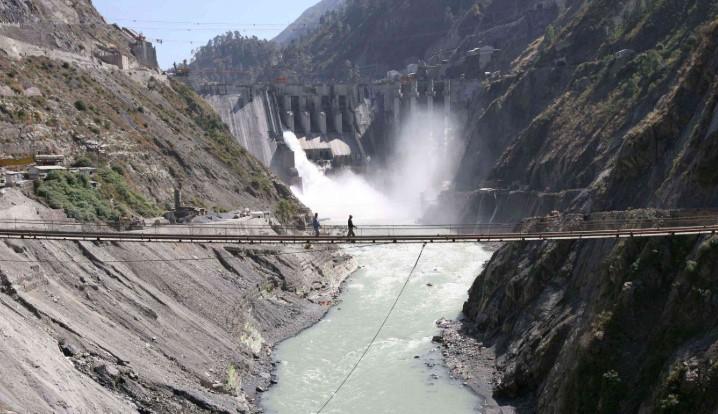India, over the weekend, resorted to a surprise release of waters from the Baglihar and Salal dams in Jammu and Kashmir (J&K) on the Chenab river. While this is far from triggering a man-made flood in Pakistan, it is the first consequential water-based action taken by India since it announced keeping the Indus Water Treaty (IWT) “in abeyance,” following the Pahalgam terror attack.While such release of water — called ‘flushing the reservoir’ — is a routine, annual activity and necessary to clear the dams of riverine silt and muck to keep the power plants linked to these reservoirs running optimally, it is usually done in August, during the monsoon.We have done some reservoir flushing in the last few days,” a highly placed source told. “As part of the Indus Waters Treaty (IWT) this is usually done in August (during the monsoon) but it has been advanced.
This will increase the volume of water downstream in Pakistan for the next day or two but not substantially. However there will be a period of refilling and this could translate to reduced flows downstream.”The lower water levels were evident from the fact that people in Reasi were seen crossing the Chenab on foot at many points. However, the discharge rose on Monday afternoon after all gates of Salal were opened and the gates of Baglihar were partially opened.
With the reservoir empty, it will be refilled — over the next 30 hours — with water coming from upstream and this “could mean reduced flows” downstream, the official added. Unlike the standard practice, Pakistan also wasn’t given advance warning of the increased flow that would result from the ‘flushing.’The IWT, which has been “kept under abeyance” by India following the Pahalgam terror attack, prohibits untimed and surprise release of waters by India.The Baglihar is a 900 MW hydro-power project in Jammu Kashmir.
It has a reservoir capacity of 475 million cubic metres. It is a run-of-the-river project meaning, it is not designed to store large amounts of water — a consequence of the IWT — but rather divert the normal flow of parts of the Chenab to run electric turbines and produce electricity.Jammu and Kashmir State Power Development, which owns the plant has a power purchase agreement with Dakshin Haryana Bijli Vitran Nigam and Uttar Haryana Bijli Vitran Nigam to purchase the electricity generated from here.The emptying of the reservoir and refilling it would mean a “temporary” reduction in the electricity generated.
“This is however the lean season (for water availability in the reservoir) and our hydropower projects work at a lower capacity,” the same official clarified.The Salal power project in the Reasi district of Jammu and Kashmir is a 690 MW hydropower project. Following the release of water from the dams’ sluices, they will be shut to enable refilling.Following the Pahalgam attack, India has said it will explore “options that it has never considered” (IWT). This could include withdrawing from talks around evolving a new ‘Dispute Resolution Mechanism,’ of the IWT, change the design of its hydropower electric projects to allow it to store greater quantities of water and deploy ‘draw down flushing’ of its reservoirs.



